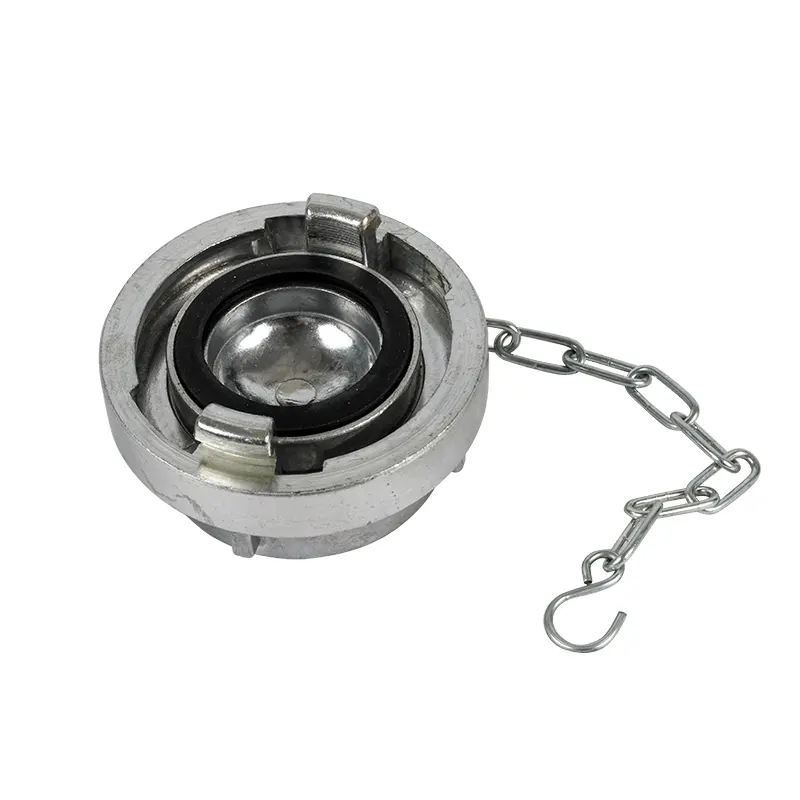Two main types of fire hose couplings
2023-10-18
A fire hose coupling is a specialized fitting used to connect and secure fire hoses together or to other fire equipment, such as hydrants, nozzles, or pumps. These couplings are essential components in firefighting operations as they enable the rapid and reliable connection and disconnection of hoses during emergencies.
There are two main types of fire hose couplings:
1. Storz Coupling: Storz couplings, also known as "sexless" couplings, are symmetrical couplings that can be connected to each other without regard to gender (male or female). They feature identical lugs or tabs on both halves, allowing for easy coupling and uncoupling. Storz couplings are popular in Europe and are becoming more widely used globally due to their efficiency and ease of use.
2. National Standard Thread (NST) Coupling: NST couplings, also known as National Pipe Thread (NPT) couplings, are widely used in the United States and Canada. They come in two genders: male and female. The male coupling has external threads, and the female coupling has internal threads. To connect NST couplings, the male threads are inserted into the female threads and tightened securely.
Key features of fire hose couplings include:
- Material: Fire hose couplings are typically made from durable materials, such as aluminum, brass, or stainless steel, to withstand the rigors of firefighting operations.
- Compatibility: Couplings are manufactured to industry standards and are designed to fit hoses of specific sizes and threads to ensure compatibility across different firefighting equipment.
- Locking Mechanism: Fire hose couplings may have a locking mechanism, such as levers or cams, to ensure a secure and tight connection during use.
- Seals: Many fire hose couplings come with gaskets or seals made of materials like rubber to prevent water leaks at the connection points.
- Size: Fire hose couplings are available in various sizes, typically measured in inches, to fit hoses and equipment of different diameters.
Properly functioning and well-maintained fire hose couplings are critical for efficient and effective firefighting operations. Regular inspection, testing, and maintenance of these couplings are essential to ensure their reliability when facing emergencies. Firefighters are trained in the proper use and handling of these couplings to ensure quick and accurate connections in high-pressure and time-sensitive situations.



